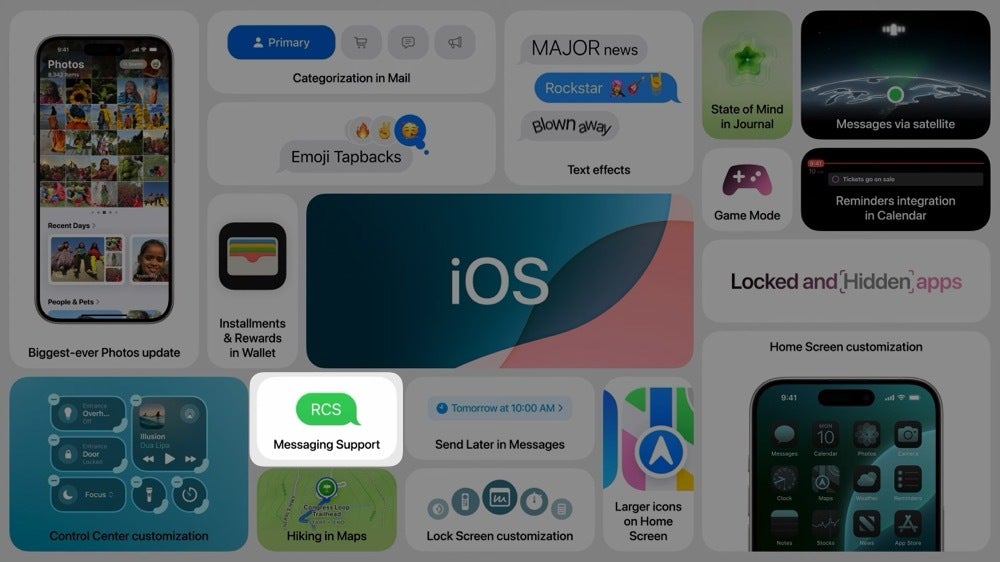In a significant update, Apple has announced that iOS 18 will incorporate RCS (Rich Communication Services), marking a major shift in cross-platform messaging between iOS and Android devices. This development, long anticipated by both consumers and industry insiders, follows substantial pressure from competitors and regulatory bodies.
Understanding RCS and Its Benefits RCS is set to replace SMS as the foundational messaging protocol for interactions between Apple and Android devices. It brings a suite of enhancements that significantly improve upon the limitations of traditional SMS, including higher-quality media sharing, longer messages, read receipts, and typing indicators—features that iPhone users have enjoyed within iMessage.
The Push Behind the Shift While Apple’s move may appear as a response to competitive pressures from tech giants like Google and Samsung, who have long implemented RCS, the timing suggests a strategic alignment with regulatory expectations, particularly from the European Union. These bodies have scrutinized Apple’s messaging protocols, likely influencing the decision to support RCS.
What RCS Means for Users For users, RCS on iPhones means that the green bubble chaos—with its grainy photos, shortened messages, and lack of encryption—will be a thing of the past. Communications between iPhone and Android users will now have the potential to be as seamless and secure as those within the Apple ecosystem. The feature will be indicated by an “RCS” tag in the message input field, subtly noting the use of the new standard.
Looking Forward Apple’s integration of RCS in iOS 18 represents a pivotal update that could reshape mobile communications globally. By bridging the gap between iOS and Android devices, Apple not only enhances user experience but also aligns with broader industry standards and regulatory directives.
































































